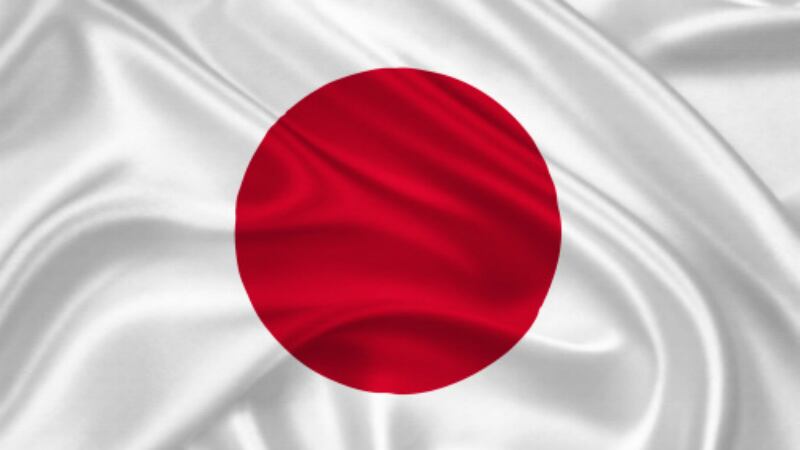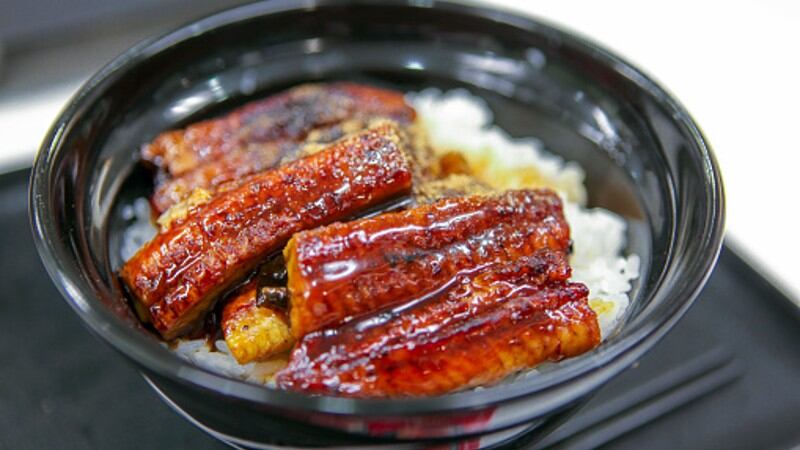This is on the heels of Japan having achieved record-breaking food and beverage export numbers in 2021 valued at JPY1.24tn (US$9.56bn), driving the local Ministry of Agriculture, Forestry and Fisheries (MAFF) to draft a set of national guidelines for the overall food industry to achieve even more outstanding growth moving forward.
“Today, many of Japan’s food and beverage products reach overseas consumers via the exports pathway [where these are produced in Japan and then shipped out], but in the future as we strengthen our ties with overseas markets we want to go beyond this and also localise our production in these markets,” said the MAFF Exports and International Affairs Bureau via a formal statement.
“One of the important strategies for businesses [to maximise their success overseas] is to set up production and sales bases in Japan, which would help them to step up to true ‘overseas expansion’ where they can do their production and business locally.
“Therefore, with the aim of supporting businesses aiming to expand overseas in the near and distant future via a proper strategy that minimises failure rates or the need to make repeated attempts at entry, we have formulated these ‘Overseas Expansion Guidelines’ what will support the food industry in its exports and expansion efforts.”
The guidelines include various expansion strategies developed based on the companies’ business models and presence or absence of investment, and also outline the varying potential risks that come with the implementation of each strategy.
“Businesses will need to note that the scale of different expansion strategies vary, and real overseas expansion will involve a need for ‘overseas marketing’, [which can] be very different depending on the market and amount of available investment for this,” stated the guidelines.
“There are various options, including to establish joint ventures in the target market, outsourcing production to a local company, or establishing your own production base in the market, and all of these carry their own risks and rewards, so businesses will need to choose what suits their business model the best after considering all the pros and cons.”
Proceed with care
That said, MAFF stressed that companies should thoroughly prepare and evaluate both their products and the target market accordingly, as not all products would be suitable for all markets, and not all companies would be at the right development stage to consider overseas expansion even with the guidelines to navigate the process.
“There are various points and precautionary factors that F&B companies need to take into consideration before making such a big move – for example, if your product is not suitable for the local dietary needs in your target market in terms of pricing or food culture, it is unlikely that it will be accepted locally despite any amount of planning,” it cautioned.
“Another area to consider is whether the supply chain [is robust enough] to cater to your needs – if many of the raw materials needed to make your product cannot be procured, it might not be possible to produce products that meet local needs at acceptable prices or quality.
“Local regulations in various markets can also change very quickly [so] it is not enough to just check once and assume [things will remain stagnant] – it is very important to keep on top of this in order to avoid issues further down the line.”
Japan’s overseas dreams
The formulation of these guidelines only further emphasises Japan’s longstanding goal of becoming a prominent food exporter globally, which was first highlighted in its 2030 food exports vision where it aims to hit JPY5tn (US$38.5bn) in food exports by 2030.
Initial focus has been on agricultural items such as rice and wagyu beef, but increasingly processed foods and beverages have also been entering the limelight as high-value items with increasing export demand, which could explain Japan’s interest in developing overseas bases.





